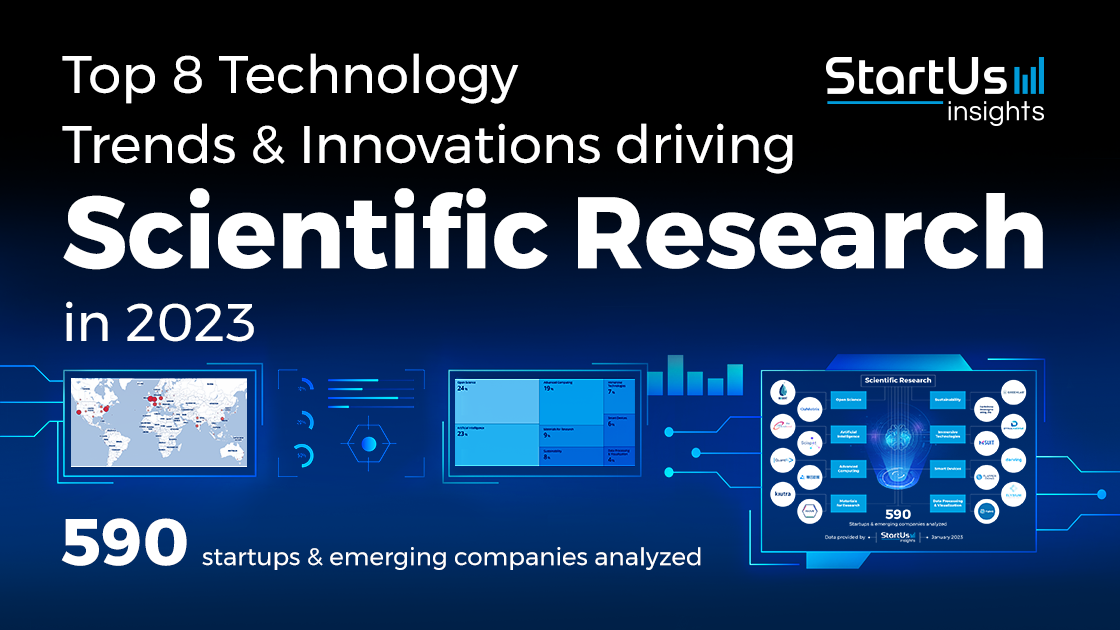Emerging Innovation Insights and Their Impact on Technology Trends

Emerging Innovation Insights: Shaping the Future of Technology Trends
The world of technology is constantly evolving, driven by a relentless stream of innovation. From artificial intelligence to quantum computing, emerging breakthroughs are shaping the future at an unprecedented pace. Understanding these innovations and their potential impact on technology trends is crucial for individuals, businesses, and society as a whole.
1. Generative AI: Unleashing Creative Potential
Generative AI, exemplified by tools like ChatGPT and DALL-E 2, has captured global attention. These systems can generate realistic text, images, and even music, revolutionizing content creation. This technology holds immense potential for various industries:
- Personalized Content: Tailored experiences for users based on their preferences and interests.
- Accelerated Design: Rapid prototyping and design exploration for products and services.
- Efficient Automation: Generating marketing copy, code, and other content, freeing human creativity for higher-level tasks.
2. The Rise of the Metaverse: Blurring Lines Between Reality and Virtual Worlds
The metaverse, a collective virtual reality network, promises to transform how we interact, socialize, and work. This immersive environment allows for:
- Immersive Experiences: Engaging in virtual events, attending concerts, or even trying on clothes in a digital showroom.
- Remote Collaboration: Working together in virtual spaces, overcoming geographic limitations.
- New Economic Models: Emerging opportunities for virtual businesses, digital assets, and decentralized ownership.
3. Edge Computing: Bringing Power to the Periphery
Edge computing, processing data closer to its source, is breaking down the reliance on centralized cloud infrastructure. This distributed approach offers:
- Reduced Latency: Faster response times and real-time data processing, crucial for applications like self-driving cars and industrial automation.
- Enhanced Security: Data remains closer to its origin, minimizing security risks associated with centralized cloud storage.
- Improved Accessibility: Enabling applications in remote areas with limited internet connectivity.
4. Quantum Computing: Unleashing Unprecedented Processing Power
Quantum computing, harnessing the principles of quantum mechanics, holds the potential to revolutionize scientific research, medicine, and materials science. It can:
- Solve Complex Problems: Tackle challenges currently impossible for classical computers, such as drug discovery and materials design.
- Optimize Algorithms: Improve the efficiency of existing algorithms, leading to faster and more accurate solutions.
- Break Encryption: Potential security vulnerabilities raise concerns for cybersecurity and data privacy.
5. The Human-AI Partnership: Collaboration for Innovation
AI is not replacing humans but rather augmenting our capabilities. The future lies in fostering a synergistic relationship between humans and AI, where:
- Humans Focus on Creativity: Leveraging AI for tasks like data analysis and automation, freeing humans to focus on creative problem-solving and critical thinking.
- AI Enhances Human Capabilities: AI tools can assist with decision-making, research, and education, empowering humans to reach new heights.
- Ethical Considerations: Ensuring responsible AI development and deployment, addressing concerns about bias, privacy, and job displacement.
Looking Ahead:
Emerging innovation insights are reshaping the landscape of technology trends. Understanding these breakthroughs and their implications is essential for navigating the ever-changing technological landscape. As we embrace these innovations, we must prioritize responsible development, ethical considerations, and a human-centric approach to harness the full potential of emerging technologies for the betterment of society.

